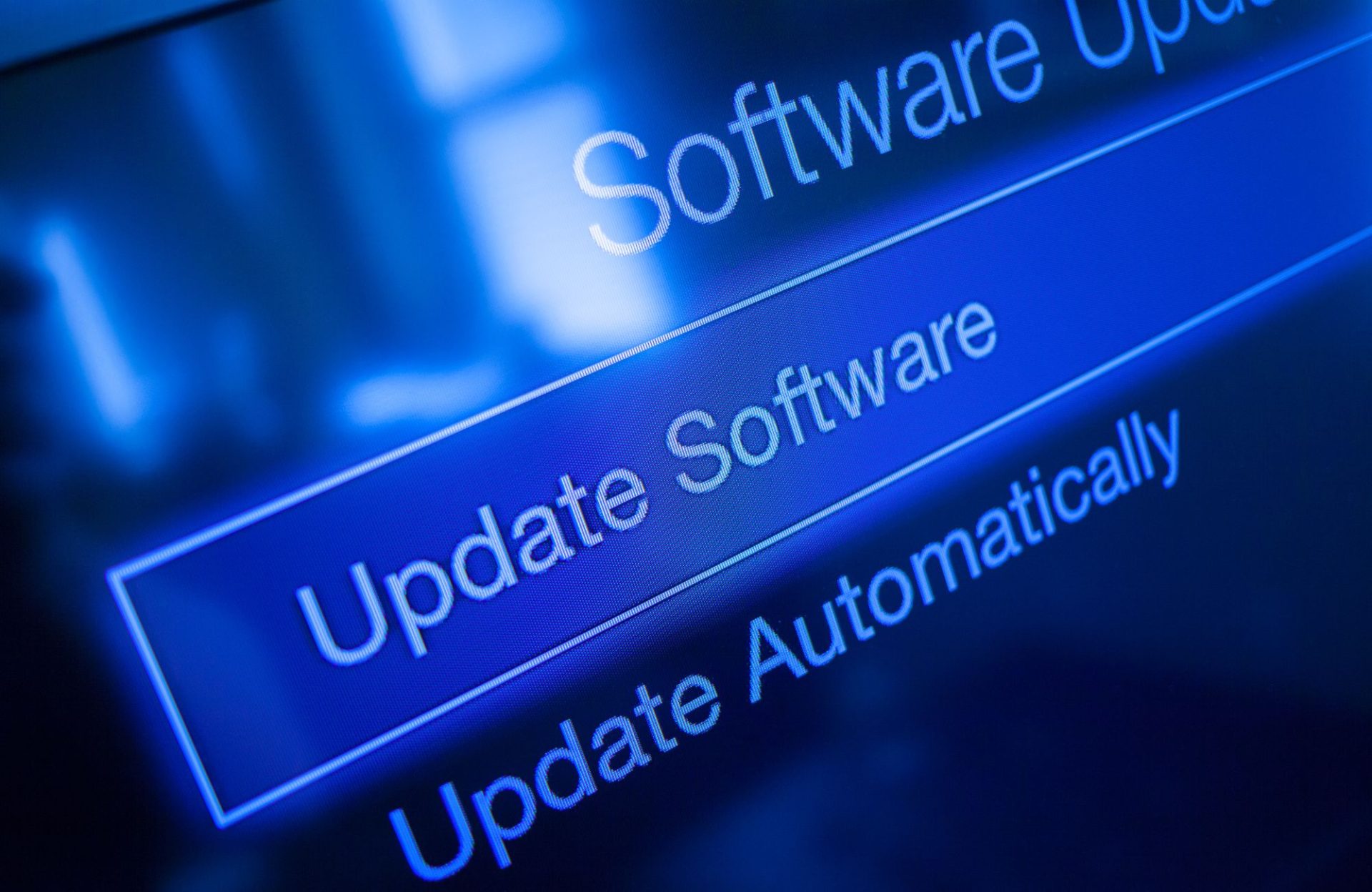There is no doubt that the pandemic work from home (WFH) trend has facilitated change. Now, as folks head back into their workplaces, they have expectations for change to their work environments. The focus will be on the health and well-being of workers as well as their comfort and safety. Innovations in smart technology and the IoT will allow smart technology solutions to speed a return to the workplace. Solutions will incorporate touchless features and air quality as well as many other occupant friendly devices.
Hybrid Model of the Return to Work
In an article written for CNBC, Eric Rosenbaum recently stated that a hybrid model between working from home and in the office will likely be the new norm. He quoted Harvard Business School professor Prithwiraj Choudhury, “Let the team decide because every team needs to meet once in a while, but what frequency or schedule is best decided by the team.” This could mean that office space will be used for collaboration efforts; with flexibility and scheduling of space becoming important factors for workers as they plan office time.
The Internet of Things (IoT) played a tremendous role in supporting WFH models and it will be equally important in the return to the workplace. Prior to the pandemic, 46% of business managers related that they were already invested, and another 30% would be investing, in IoT applications or services, according to Techwire Asia. Some of the reasons smart tech solutions were implemented before Covid was to improve operational efficiency, reduce energy usage and support the convenience of access. As employees return to the workplace, the focus on smart tech implementation has changed. Hands-free functionality, remote control and environmental quality are going to be paramount for occupant level of comfort.
Smart Tech Solutions
Contactless smart devices such as wearables and sensors are becoming economical and accessible despite the size of the organization. With Bluetooth and Wi-Fi networks, an expensive hard-wired infrastructure is not necessary. Microchip embedded devices can replace keys and passwords, therefore, reducing multiple unsanitary surface touches.
Indoor geolocation will allow tracking of occupants in a building. Smartphone apps are available to allow workers to book office space in real time based on occupation and use of space. IoT platforms can allow employee access to environmental controls of the space they are occupying for comfort and energy efficiency. The aps also includes the ability to report maintenance issues directly to facility management saving time and eliminating personal contact. On floor staff in retail spaces can be monitored for location and have team communication without contact.
IoT platforms include cameras, sensors and endpoints to allow maintenance staff to access systems without the need to physically be present. In the industry and retail business, inventory and warehouse space can be monitored remotely.
Cleaning robots that can be employed to cleanse areas after each use can be scheduled based on actual occupancy versus fixed time. Indoor air quality can be monitored using sensors so that run times relate to space usage and pollutant levels.
Smart Tech and Health
Before the pandemic, smart tech was being adopted because it increased energy efficiency and promoted greener building management. And the innovations in the smart tech industry will still support carbon reduction initiatives. Now, the focus on health and well-being in the built environment warrants smart tech solutions, as well. Smart solutions will be increasingly relevant in reducing surface touching, providing healthy indoor air, and keeping workspaces safe and sanitized. The fact that green and health solutions often go hand in hand is not surprising. Any hesitation around adding smart technology to building management strategy should disappear. Partnering with a Smart Building Solutions provider is a solid start to move your building and organization toward success in the back-to-work transition.






